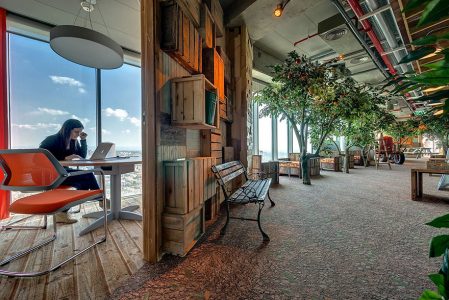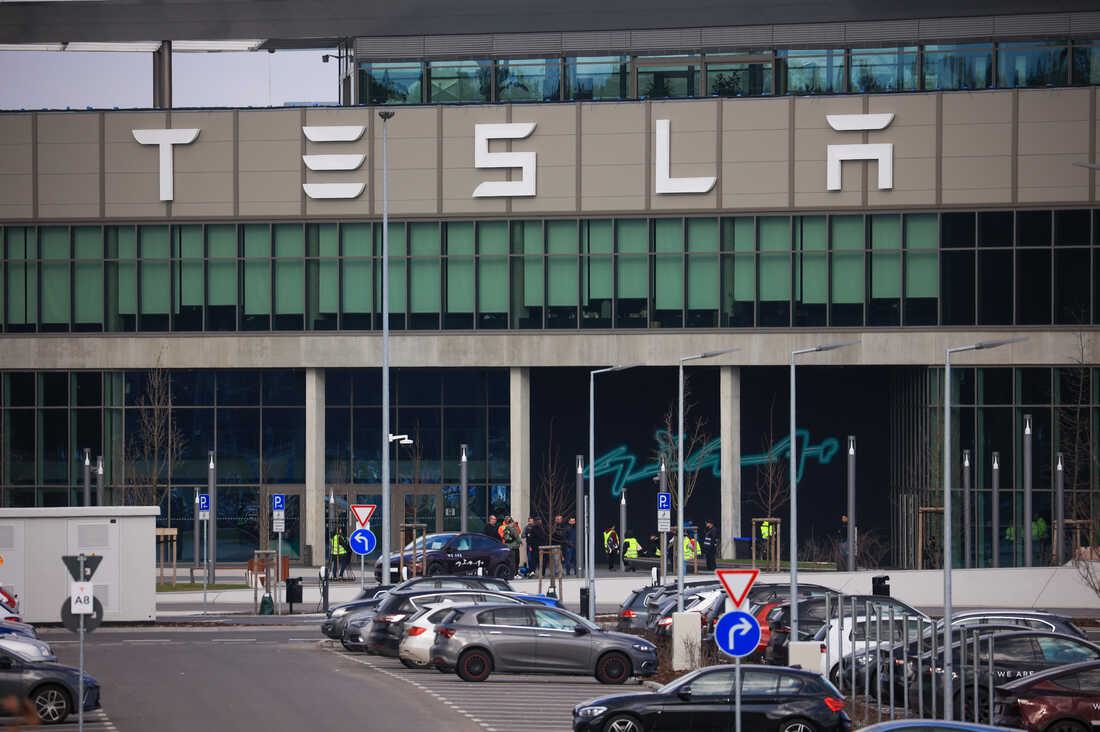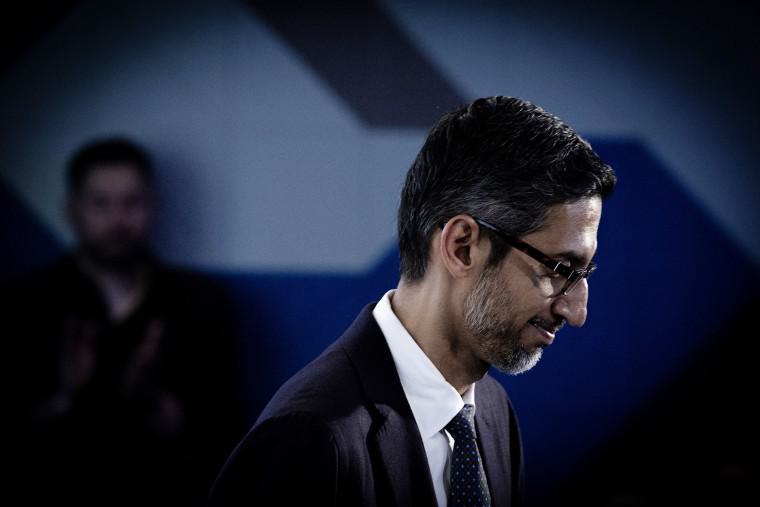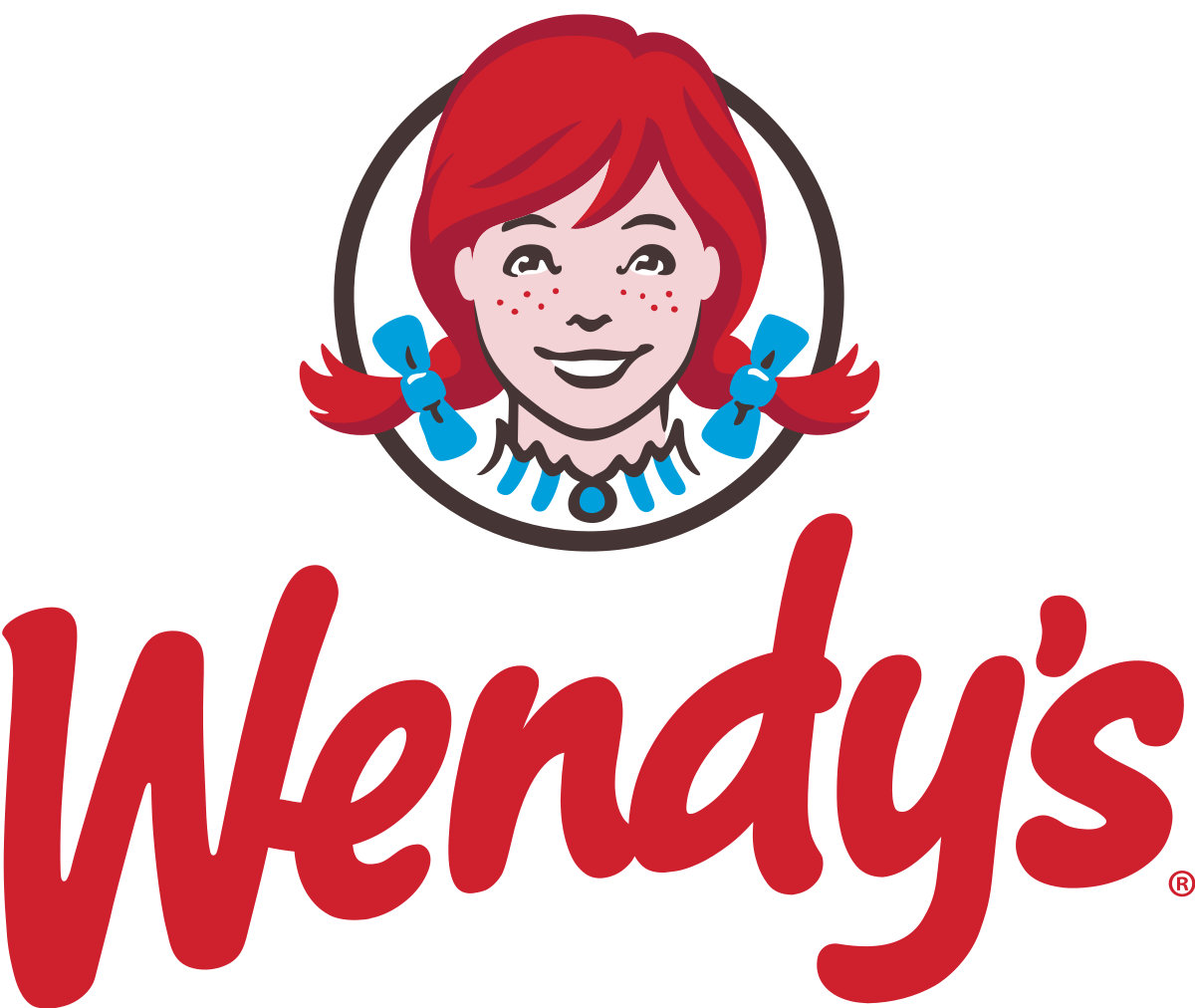Innovative Workspaces: Do They Really Work? - Dispatch Weekly
November 30, 2018 - Reading time: 3 minutes

With huge organisations such as Google and Facebook building offices that give an insight into what a kid’s dream playground might look like, as well as a rapid increase in the number of entrepreneurs and start-ups looking for workspace, there have been some notable changes regarding business office architecture.
Companies are now demanding huge windows to maximise natural light, bright colours, geometric shapes, plants and even slides. Firms are now moving away from the traditional office look and are now in pursuit of a new, modern-look packed with technology to the brim.
Without question, Google have some of the most incredible offices in the world with their headquarters, the Googleplex, known as the best of the best. Walking through one of Google’s offices can be described as an adventure, going from space to space is similar to exploring the globe. Starting in a rainforest, you move between various landscapes and emotions, it’s simply crazy.
However, Google didn’t build these workspaces so employees could relive their childhood. There is a reason for all this, and for Google in particular it’s all about attracting the best and youngest talent out there. With working conditions such as theirs, they will no doubt entice the most innovative and intelligent people. And with some of the brightest minds all in a relaxed and inspiring environment, the end result is a very productive workforce.

At the other end of the spectrum of the business sector are the entrepreneurs and start-ups that dream of having even half of the success that Google has had. With companies such as WeWork developing communal workspaces for start-ups to rent, there are now plenty of offices packed with exciting and new start-ups. Different office spaces reap different rewards; open spaces with bright and funky colours helps employees to be energetic and creative whereas workspaces with a gym/chill-out zone encourages workers to relax and perform their best work in a comfortable environment.
However, it’s not just companies on either end of the scale that are experiencing the ‘smart office revolution’, companies such as LadBible are working in offices similar to WeWork spaces, with the emphasis on collaboration. Using tables that encourage teamwork rather than independent work from modoola has been one of the key resources to LadBible’s continued success and high productivity levels.
Times have changed in the business sector and office architecture most certainly has as well, we have moved into an age where a desk and computer simply isn’t enough to keep employees motivated. But it does seem like both large and small companies are reaping the rewards of investing in an infrastructure that creates a comfortable environment.

DW Staff
David Lintott is the Editor-in-Chief, leading our team of talented freelance journalists. He specializes in covering culture, sport, and society. Originally from the decaying seaside town of Eastbourne, he attributes his insightful world-weariness to his roots in this unique setting.




